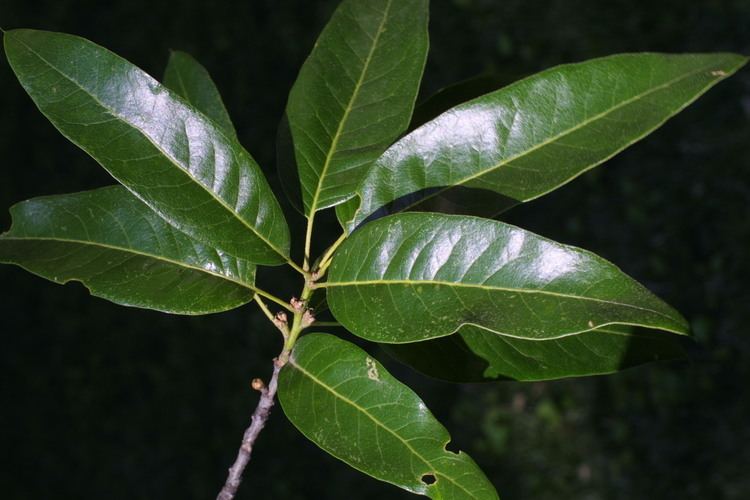Genus Quercus Scientific name Quercus imbricaria Rank Species | Section Lobatae Higher classification Oak | |
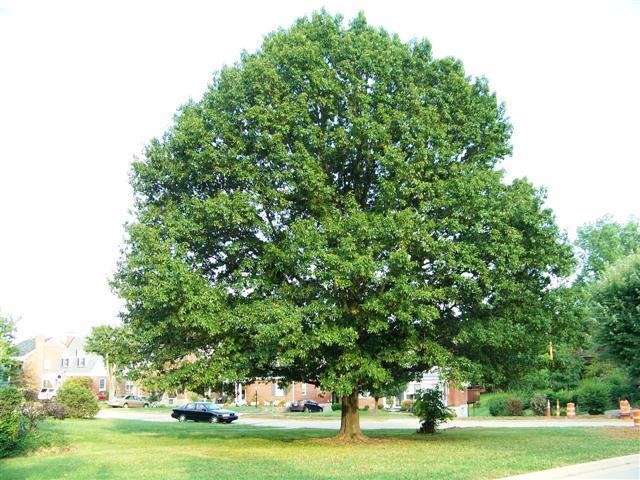 | ||
Similar Oak, Quercus bicolor, Quercus muehlenbergii, Quercus coccinea, Quercus shumardii | ||
Quercus imbricaria
Quercus imbricaria, the shingle oak, is a deciduous tree in the red oak group of oaks. It is native primarily to the Midwestern and Upper South regions of North America, from southern New York west to northern Illinois and eastern Kansas, and south to central Alabama and Arkansas. It is most commonly found growing in uplands with good drainage, less often along lowland streams, at 100-700 m altitude.
Contents
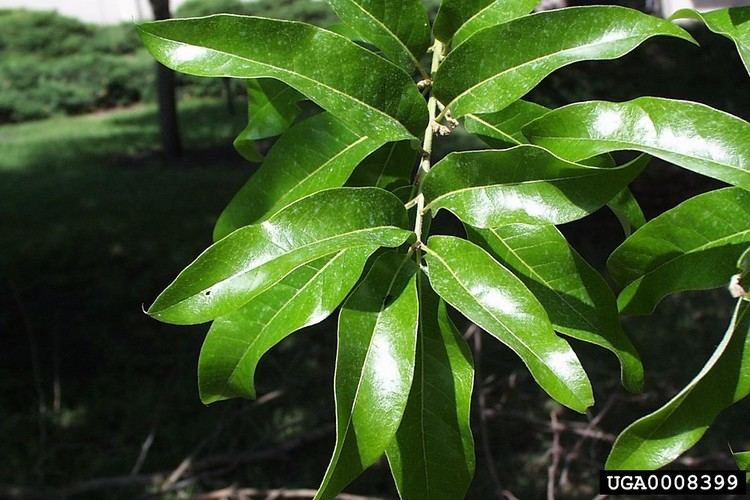
Quercus imbricaria is a medium-sized tree growing to 20 meters (67 feet) tall, with a trunk up to 1 meter (40 inches) in diameter (rarely 1.4 meters, 56 inches). It is distinguished from most other oaks by its leaves, which are shaped like laurel leaves, 8-20 cm (4-10 inches) long and 1.5-7.5 cm (0.6-3.0 inches) broad with an untoothed margin; they are bright green above, paler and somewhat downy beneath. The fruit is an acorn, 9-18 mm long and wide with a shallow cup; they are mature about 18 months after pollination. They are an important food for squirrels and some birds.
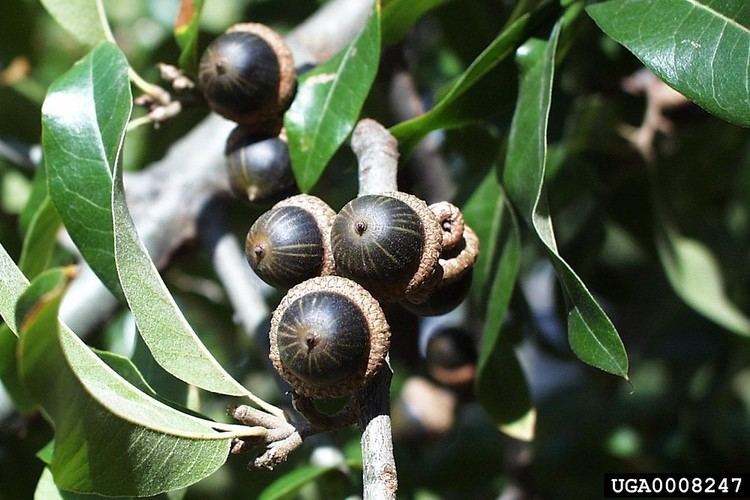
Quercus imbricaria shingle oak
Description

A tree usually 50-60 feet (15-18 meters) high, maximum height one hundred, with broad pyramidal head when young, becoming in old age broad-topped and open. Rare in the east, abundant in the lower Ohio Valley and middle Mississippi Valley. It reaches its largest size in southern Illinois and Indiana, although the national champion is 104' by 68' in Cincinnati, OH.
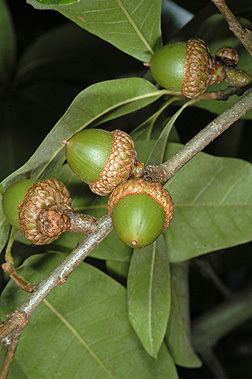
Cultivation and uses
In the past, the wood was important for making shingles, from which the common name derives.
Hybrids

